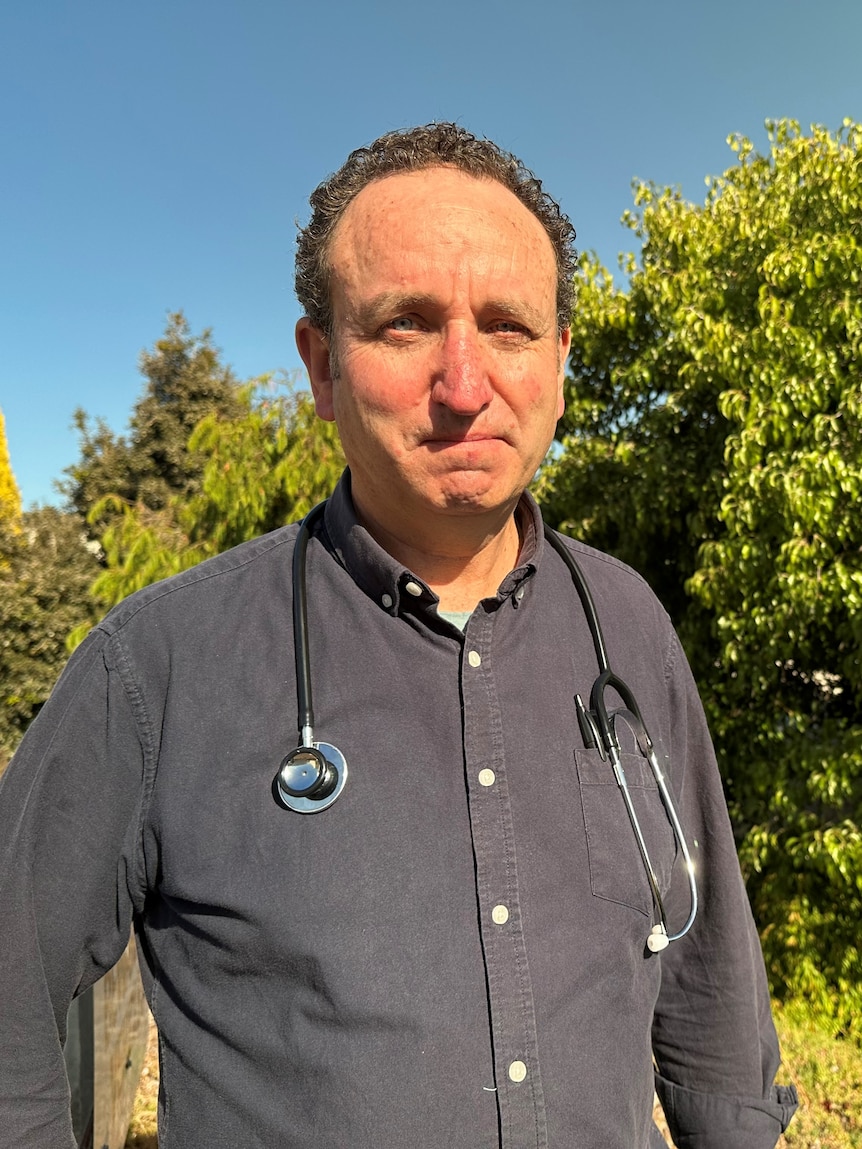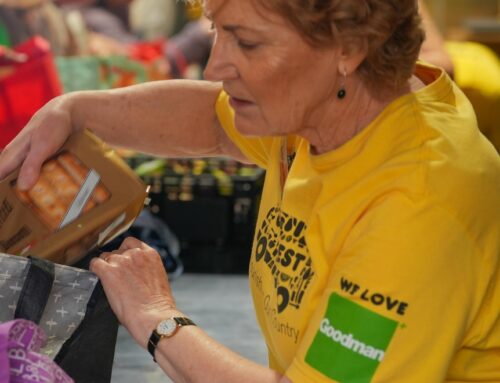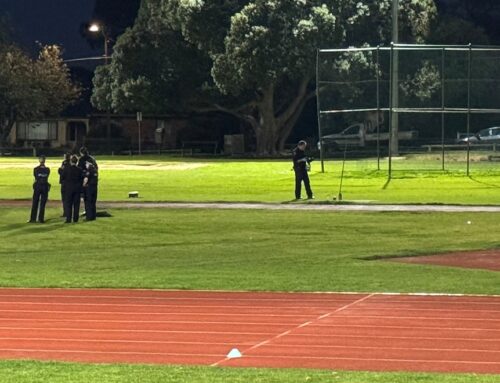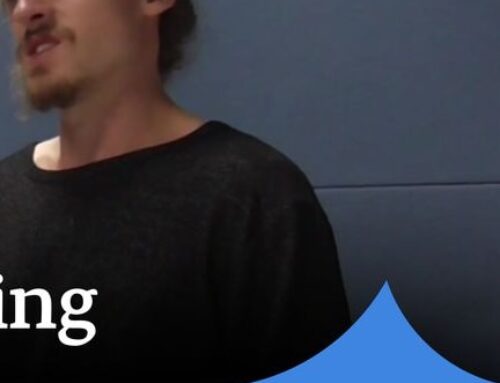A 110-kilometre stretch of road on the wild west coast of South Australia is the determining factor in why some Eyre Peninsula residents are paying four times more in medical fees than others, stakeholders say.
Key points:
- Streaky Bay and Districts Medical say they are worried about competing with government services
- The organisation’s chair says they are fed up with “geographical discrimination”
- The AMA has been calling on the Medicare rebate to increase for more than 10 years
For a region that reels in 82 per cent of Australia’s seafood product (exporting $129 million) and produces 40 per cent of the state’s crop, residents feel forgotten.
Streaky Bay and Districts Medical Clinic chairman Jonas Woolford said it was costing residents three to four times more to see their GPs than in other places in SA, such as nearby Ceduna.
“It’s geographical discrimination: The state government has chosen to look after certain communities and neglect others,” he said.
Mr Woolford said not having the same access to healthcare did not sit right with the hard-working families who dedicated their lives to feeding the nation.
He wrote a letter to the Eyre and Far North Local Health Network and SA Health, asking why Streaky Bay residents were having to pay taxes, fundraise, and pay to see the doctor.
He said they were effectively paying at least three times more for healthcare.
“Clinics that are community-run like ours, or private ones, are forced to charge a higher gap, which means that those community members have to pay a lot more,” Mr Woolford said.
He said clinics and hospitals run by the state government provided access to GPs under bulk-billing, or a very minor gap arrangement, and their budgets ran to depths that local clinics could not match.
Medicare explained
A Medicare levy is paid as part of Australian taxes, with that levy used to offset a visit to the GP.
Bulk-billing is when there is no gap charge for a visit to the doctor, which is mainly available to people who have ongoing health issues or concession cards.
The Medicare rebate, which goes to practice for a standard GP consult (usually about 15 minutes), is about $40.
“In rural or remote areas there is a small incentive,” Mr Woolford said.
“We get $10 for bulk-billing because of that isolation, but you cannot viably run a practice on that $40, or a little bit more, per consult.”
But just an hour up the road in Ceduna people have access to bulk billing.
“When there are different rules, it’s not an even playing field, and there needs to be that realisation,” Mr Woolford said.
“The government has access to public funds, so the GP and locum agencies know to keep their clinics and hospitals running that the government will just pay the high amount being commanded.
“Private clinics no longer want to operate because we’re competing with the government.”
Doctor shortage
A doctor shortage on the Eyre Peninsula meant the region was heavily reliant on expensive locums.
Mr Woolford said locums that were fly-in fly-out commanded “a much higher price”.
“You also have to pay the travel, accommodation, and agency fee on top of that,” he said.
“It seems like the system needs to break before it actually starts to be put back together.”
The Australian Medical Association (AMA) linked the doctor shortage to the high cost of running a private clinic.
It said running a clinic was becoming too expensive, so fewer doctors were incentivised to live rurally.
AMA South Australia deputy chairperson John Williams said the problem with the Medicare rebate was it had not increased in 10 years.
Dr Williams said the AMA had been “endlessly” battling for the government to increase the rebate.
“I think it’s especially a problem for the Eyre Peninsula. We have a huge problem attracting GPs,” he said.
“Increasing funding for rural doctors is at the base of this.”
Dr Williams said general practice in rural areas had not been funded well enough and the knock-on effect was that more patients were going to emergency departments, there was more ramping, and more overloading of the hospital system.
Eyre and Far North Local Health Network chief executive Verity Paterson said she was working with Mr Woolford to bring accessible healthcare to Streaky Bay.
“Kudos to Streaky Bay Medical Clinic board and the local council and community who have been working really hard to ensure the community has access, and that there is 24-hour coverage at the hospital,” she said.
Ms Paterson said she was waiting patiently for the Medicare review.
“We just hope that what it’s going to mean is that the added costs and added challenges of working in rural and remote areas for GPs is recognised,” she said.
“At the moment there is a tiny incentive to work rurally but certainly not enough.”
The Department of Health and Aged Care has been contacted for comment.
Loading form…
Posted , updated





